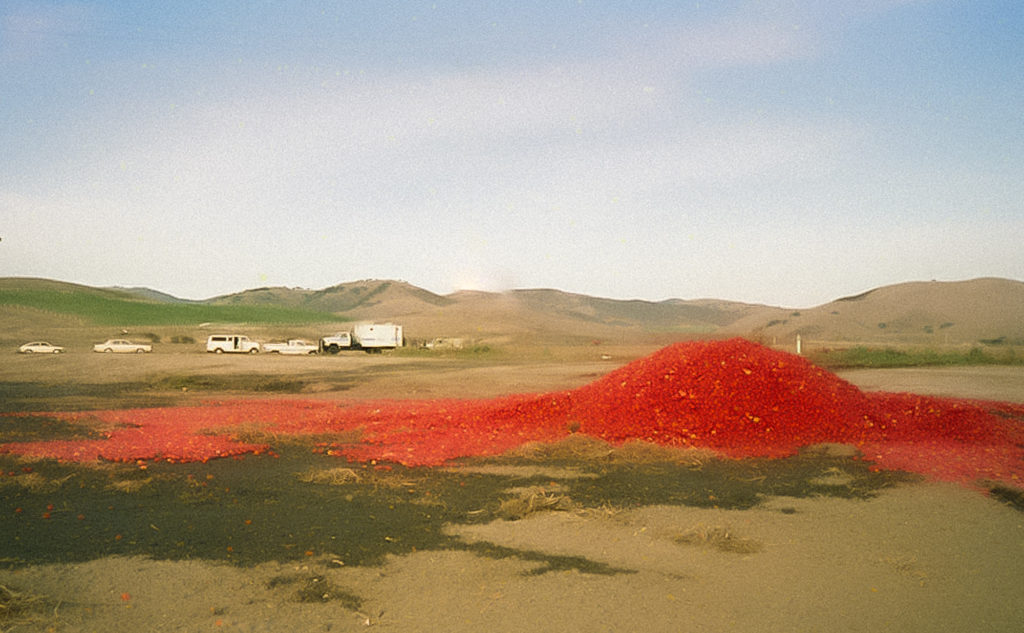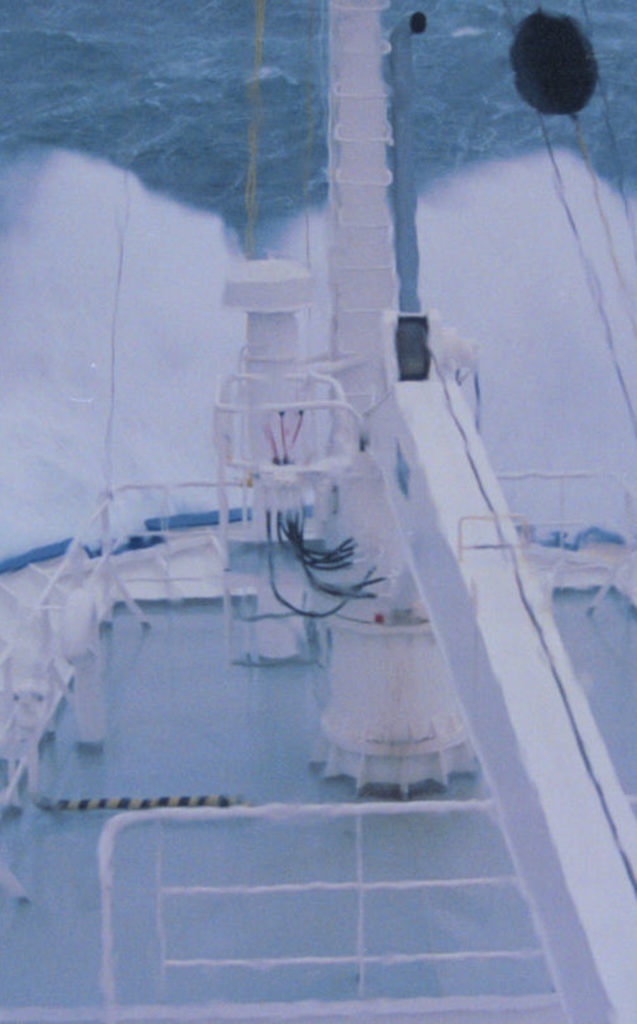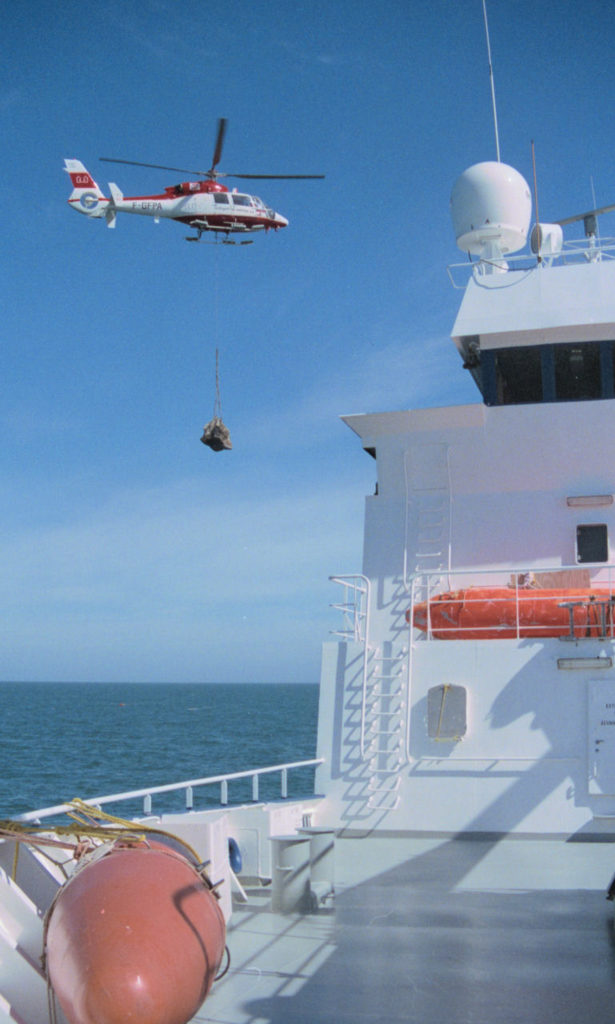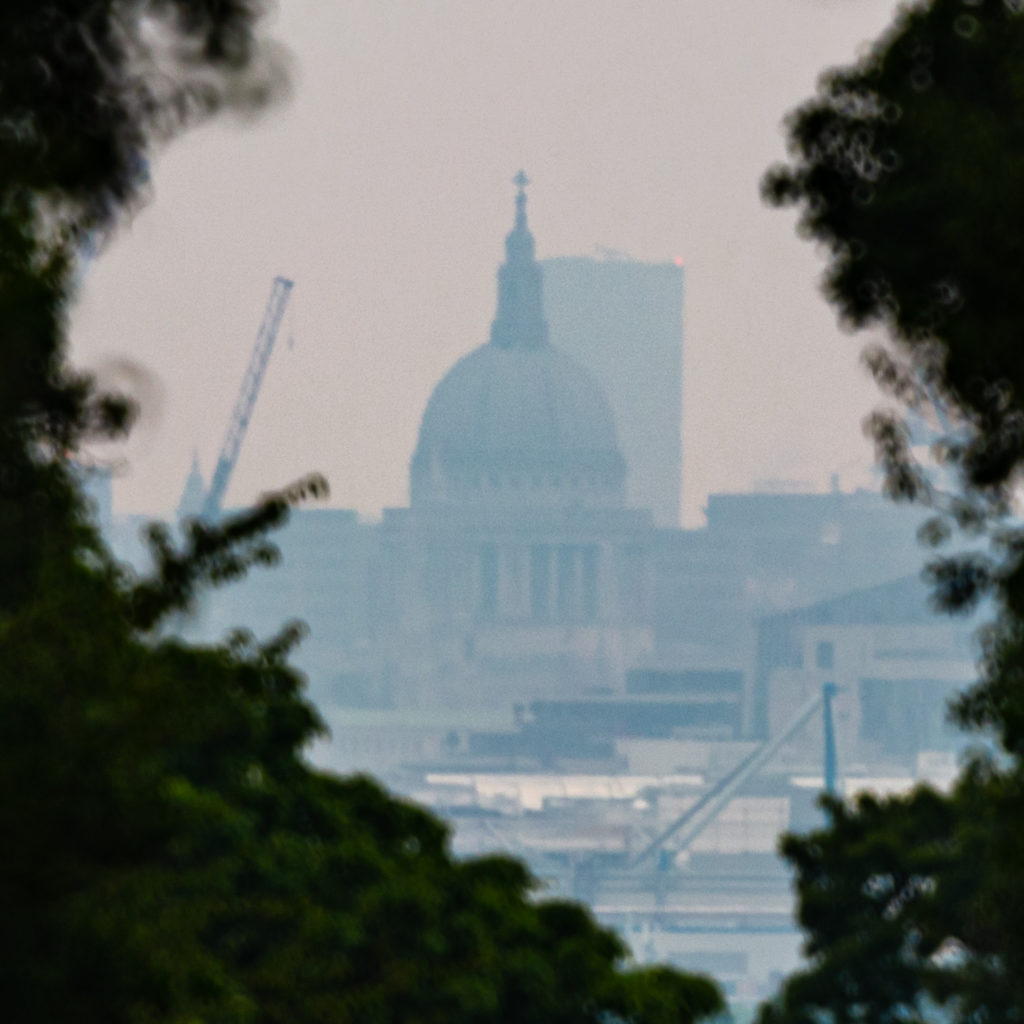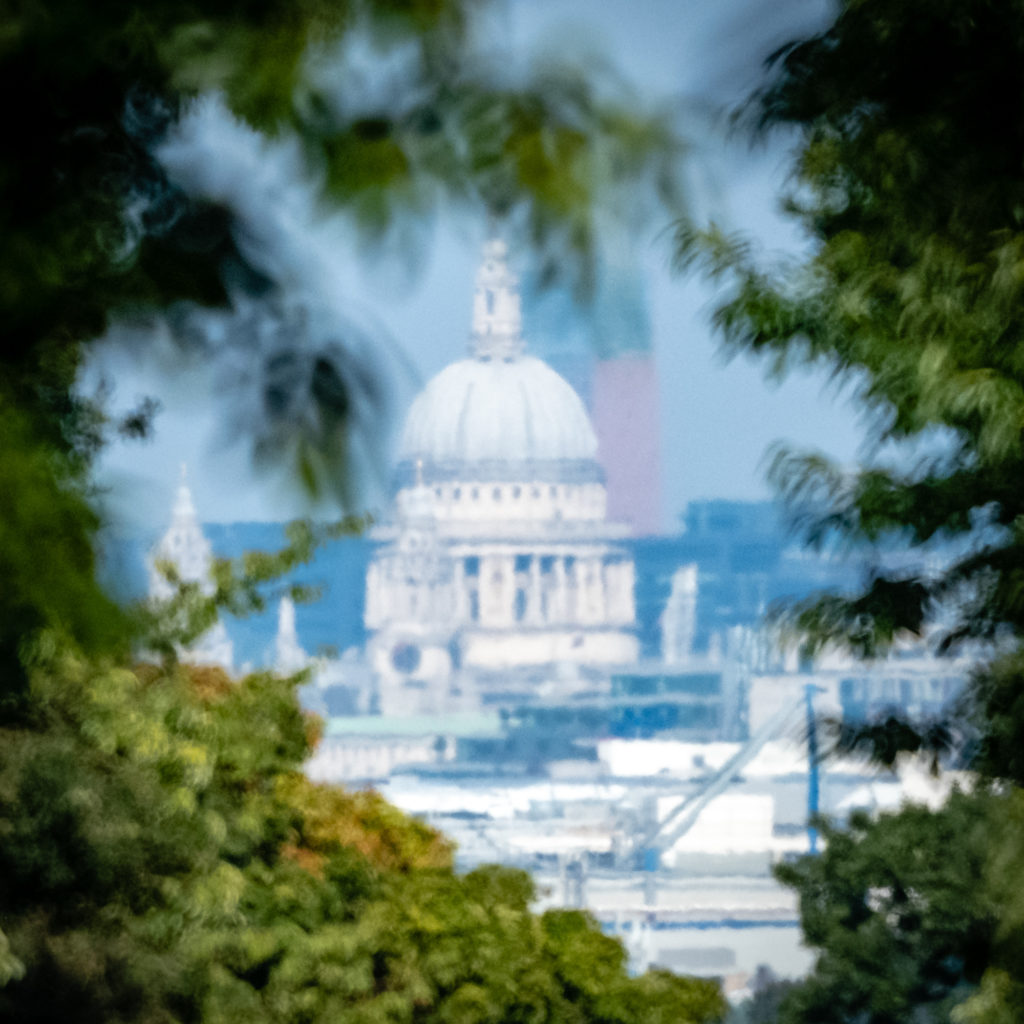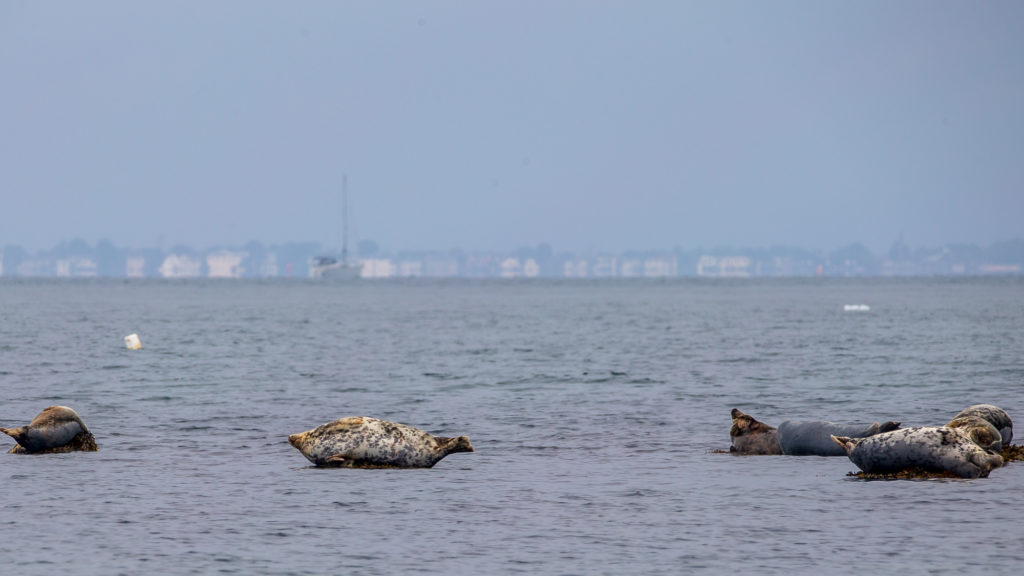As of 2016, we’d produced over 320 million tonnes of plastic and there was estimated to be 165 million tonnes of plastic circulating in seas and oceans. Not good considering plastics have only been around since 1950. Imagine how bad it will be if 320 has become 600 million tonnes by 2030. Will the seas then hold as much plastic as we have ever produced today? Will we be locked-out of sterile seas, lakes, rivers and canals?
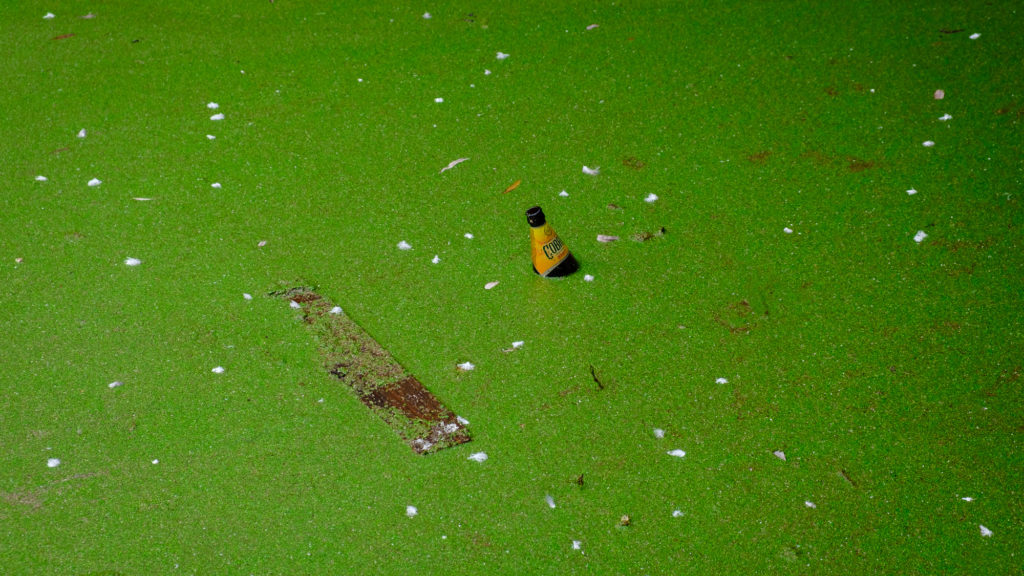
Compelling scene found while walking the Thames in 2019.

